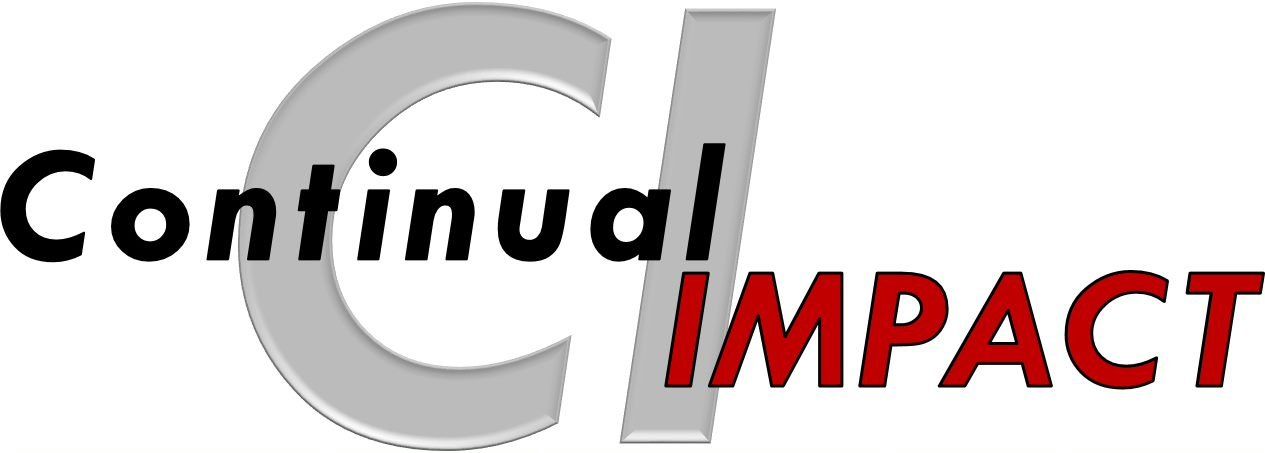Impact of Focus and Alignment
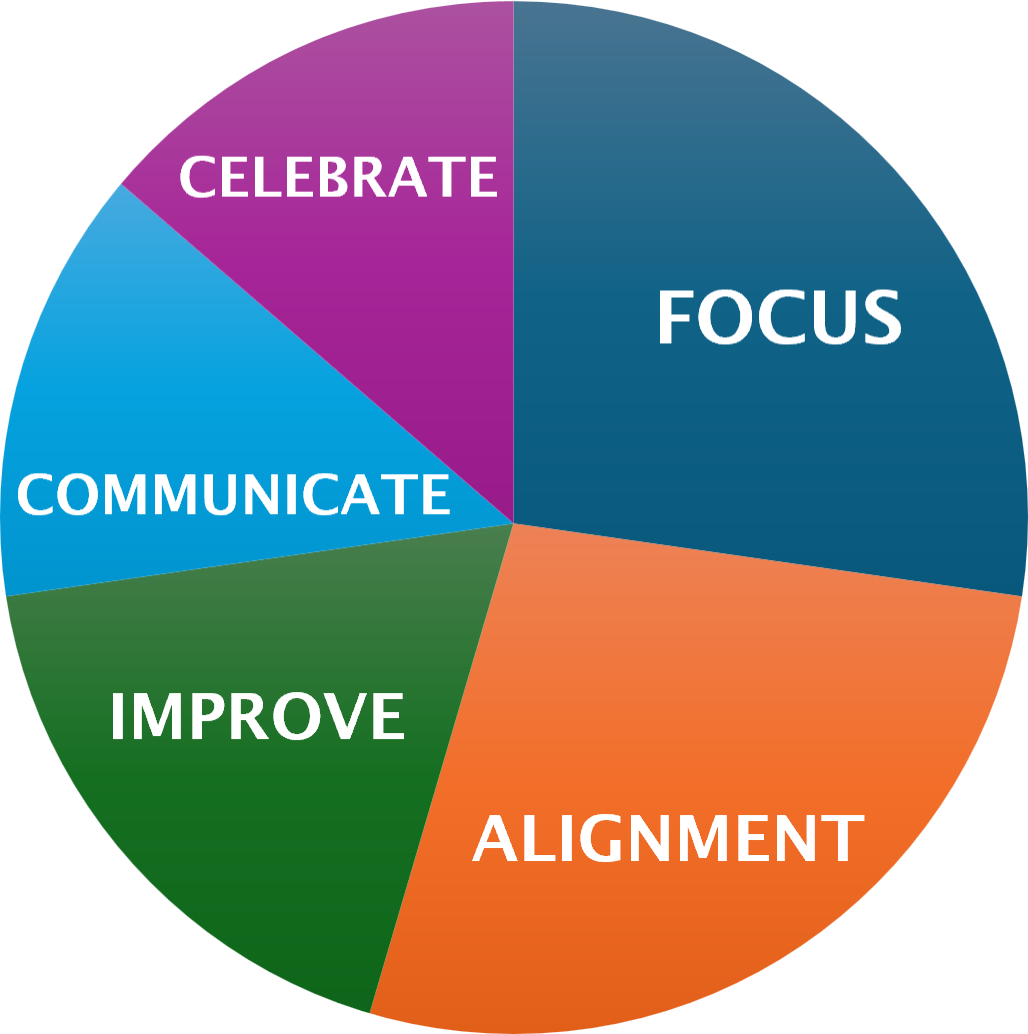
“5 Gifts to Get in a Groove”, Link, highlighted improvement strategies for this year. Let's unwrap some of those packages and the impact your journey to higher performance.
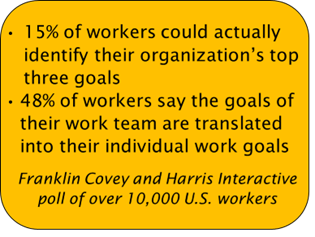
FOCUS AND ALIGNMENT
People are the driving force behind successful organizations. Yet, the brilliance of everyone's creativity, innovation, ideas, energy, and initiative may go to waste without a clear direction or goals.
To enhance the impact and productivity of the organization, consider how improvement opportunties are identified and pursued.
- Consider how well the annual improvement planning process effectively identifies what is most important this year (e.g., customer satisfaction, capacity increase, quality, speed, or a new service or product), where to improve, how is it measured, who is accountable, and resources that will be committed.
- Looking to improve your planning process? “Hoshin Kanri” approach is a powerful approach that aligns goals and activities across all levels of the organization, from strategic to annual to team and individual team members’ plans. This interconnectedness ensures that all team members are actively contributing to the organization’s vision and goals.
- An evaluation of the plan's communication and performance tracking system can provide valuable insights. Is the plan effectively communicated to all stakeholders? Are the primary objectives clearly defined? Do teams and individuals understand their role in the plan? Progress should be visually represented and shared regularly for continuous improvement. If these aspects are in place, you are on the right track!
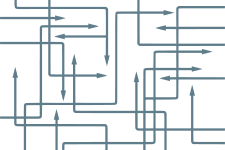
THE POWER OF WORK PROCESS (BIG and LITTLE)
Most tasks, whether ongoing or new initiatives, involve a work process. To uncover areas for improvement, it's extremely helpful to engage the team in observing, measuring, discussing, and assessing their collaborative workflow. Embrace the power of process thinking!
- To kickstart process thinking, begin by examining the comprehensive end-to-end processes, spanning across organizational boundaries. These processes could involve delivering services, crafting products, or facilitating functions like staff development and procurement. Utilizing value stream mapping can offer a holistic view,
enhance understanding of information and material flow, address team needs, validate deliverables, and pinpoint areas for enhancement in your annual improvement initiatives.
- After pinpointing areas for improvement, leverage detailed work process maps (also known as swim lane maps) in your improvement projects to uncover issues, streamline processes, gather data, prioritize opportunities, and solve problems.
- A “special process gift”: Working with the team to simply map the detailed process and create standardized work for the detailed tasks will often improve productivity (and accelerate team member on-boarding) quickly and significantly by enabling all team members to perform work in the best known way of performing the process.
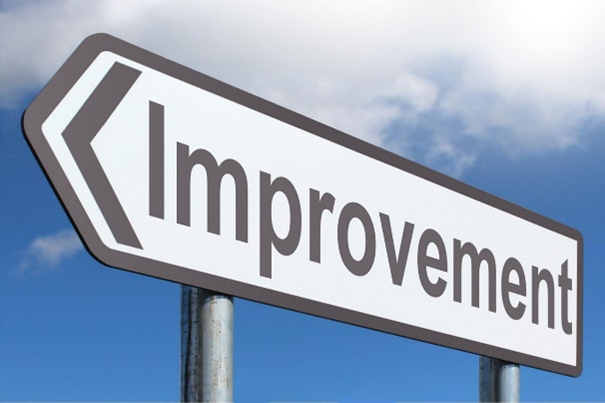
IMPROVE (EVERYWHERE & EVERYDAY)
How about creating a culture and environment where everyone is engaged in improving themselves and their work everyday? A place where all levels and areas of the organization are actively engaged in improvement; where problems are recognized as valuable opportunities (“gold”); where everyone has a core set of collaboration and improvement skills and collectively focus on the “right stuff”.
Some of the "right stuff":
- Build improvement knowledge and skills continuously.
- Establish a core set of improvement skills for everyone and advanced skills for improvement champions and project leaders.
- Provide on-going, role-based continual improvement education, with immediate application and coaching, to create improvements and generate excitement to improve more.
- Leverage the learnings with Communities of Practice that share improvements.
- Check on the health of your performance measurement system
- Data and information are powerfully helpful to guide improvements, help decision making and celebrate accomplishment.
- Review your measurement dashboard to see if a) selected measures add value, b) measures are defined and operationalized, c) measures and data are used during annual planning, team problem solving (“huddles”) and improvement projects, and d) measures are communicated broadly, clearly, and visually so that everyone has an understanding of performance.
- Get improvement efforts off to a good start. Craft concise goal statements to guarantee that team members have a comprehensive understanding of the objective, who benefits, what are the benefits, measures, conditions, and the approach.
- Whether it is a a personal, work team or organization wide improvement, good information-based problem solving (e.g., PDSA) is a powerful approach to guide problem solving and successful implementation. Make it part of “the way we do things here”.
